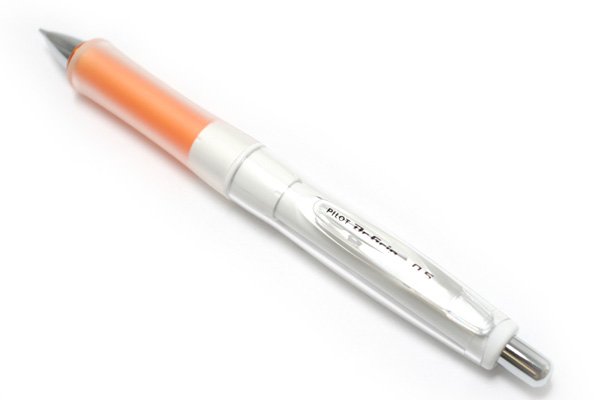Earlier today I read an article about the cost of handmade goods. It was a much needed explanation of why crafts are more expensive than industrially manufactured products. It reminded me that I have been meaning to write about the future role of physical goods.
I keep hearing from designers and business people that we are headed towards a service based economy. We already see it in the recent move away from printed materials to digital text. There are many examples of how small all purpose devices are replacing the need for a multitude of products. Slowly, the money that we spend on physical objects is being redirected to pay for digital services. In addition to this smartphone revolution, we are trying to decrease the amount of materials which we consume and discard.
 |
| shelving unit |
If people are able to adjust to this change, which many are calling the end of object culture, maybe we will be able to rethink our shopping habits in general. If it is so good for the environment that people create less waste, designers need to create products for the long term. At a recent discussion at the Phaidon New York store for the release of their Dieter Rams book "good design is long lasting" Objectified director Gary Hustwit mentioned his recent purchase of a 606 Universal Shelving System. He said he intended on it lasting for the rest of his life. He thought of the purchase as an investment (partly, he said, because of the price tag) that he would be living with for a long time.
This attitude towards purchases is not what the marketing department wants for you. They want you to buy the product, and 18 months later need to replace it because it is worn out or obsolete. That is the optimal money making cycle for a manufacturer of low cost trinkets. We are conditioned to believe that we can buy cheap factory made products whenever we want, even if we don't have a lot of money. The reality is that we probably spend more money at IKEA over a lifetime than we would if we just made an investment in something sturdy and long lasting. I'm sure someone has done the math on that. But not all of the blame can be placed on quality. Even when we do buy nice things, after a while we feel the need to change it up, redecorate, and get new stuff.
But this need is all a result of the industrial age. Consider the economy of Europe in the medieval era. Cities were growing, and artisans were able to specialize in a trade and sell their wares to people with other specialized skills. Converting prices for inflation is a bit tricky, but we do know for sure that relative to incomes, the price of goods was higher than it is now. The average carpenter would spend about a week's pay on pair of boots. Now convert that to today's numbers and you have someone making $40k a year spending $650 on a pair of shoes (which is actually similar to the cost of handmade shoes). This is one pair of shoes, not the overall cost of shoes per year. With these seemingly high prices people were still able to buy essential goods and survive. There was also a market for luxury goods. We predict that soon all books will be digital, except for really special printings. This is not dissimilar to the medieval book, which was also a luxury item, hand written and illustrated. I can easily see a market for $5,000 bibles and hand illustrated classics in a future where people only own one printed book.
 |
| a picture of my favorite pencil |
So think about what you own, what you value, and what you buy often. I can divide my belongings into three categories: Consumables, Treasures, and Stuff. Consumables are pretty obvious and inevitable; they include food, cleaning products, and sketching materials. Stuff is the stuff that I own but don't care about like my somewhat ugly but cheap laptop sleeve, basic drinking glasses, a file cabinet, and any clothes that I bought to wear to an interview. It's not like I'm going to purposefully ruin these things but there is nothing keeping me from replacing them whenever. My Treasures are, independent of monetary value, the things which I love most and would not replace. Six years ago I bought a mechanical pencil which is now the only pencil I use. It was $10 which some people say is expensive, but I get a lot more use out of it than a cheap pen that I lose, break, or can't refill. I hope it lasts forever even though its expected lifespan is 18 months. I treasure the Pantone color mug that I was given as a birthday present. I could probably happily get by without any other drinking vessels. It is simple useful objects that help me live well. I care for these possessions and make sure they last because replacing them with something new would not be a gain, it would actually be a loss.
You can probably see where I am going with this. We as consumers don't actually need, like, or even want all of the things we acquire. As soon as the shift is made away from the need for physical objects, people will be able to invest in less objects that they like more. I would say that the claim that society is moving away from an object culture is just wrong. We are moving towards an object culture and away from consumer culture.
In 15 years I want to live in an apartment with a computer, 100 rare out of print books and Carlton. How do you envision the future state of your consumerism?


B19E282B29
ReplyDeletetwitter takipçi satın al
lindyn oversized swivel accent chair